I. Overview of Pond Construction in Brazil
Brazil has numerous natural lakes and artificial ponds, which play vital roles in agricultural irrigation, aquaculture, leisure tourism, and other areas. In recent years, with the rapid development of agriculture and aquaculture, the demand for pond construction has continued to grow. Especially in aquaculture, the scale of pond farming in Brazil has expanded significantly, mainly focusing on fish and shrimp farming.
Here are some key data regarding pond construction in Brazil:
| Item | Data |
|---|---|
| Number of Aquaculture Ponds | Approximately 500,000 (2020 data) |
| Annual Pond Construction Growth Rate | 5% (2015-2020) |
| Main Farming Species | Fish (e.g., tilapia, catfish), shrimp |
| Main Pond Construction Regions | Amazon Region, Southeastern Coastal Areas |
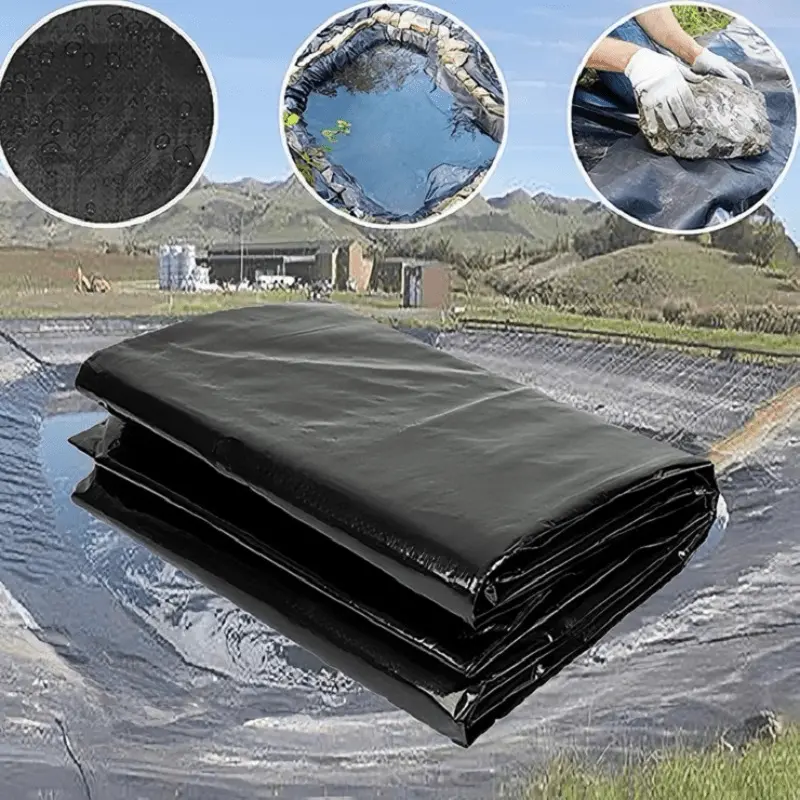
II. Types and Characteristics of Pond Liners
Pond liners are mainly classified into high-density polyethylene (HDPE), low-density polyethylene (LDPE), and linear low-density polyethylene (LLDPE) liners. Among them, HDPE liners are the most widely used in pond construction due to their excellent physical properties and chemical stability.
The main characteristics of HDPE pond liners include:
High Strength: They have high tensile strength and elongation at break, capable of withstanding significant water pressure and soil pressure.
Aging Resistance: With antioxidants, anti-aging agents, and UV inhibitors, their service life can reach decades.
Impermeability: They exhibit excellent impermeability, effectively preventing water leakage and soil erosion.
Environmentally Friendly and Non-toxic: Made of eco-friendly materials, they are non-toxic and harmless, posing no impact on pond water quality and aquatic organisms.
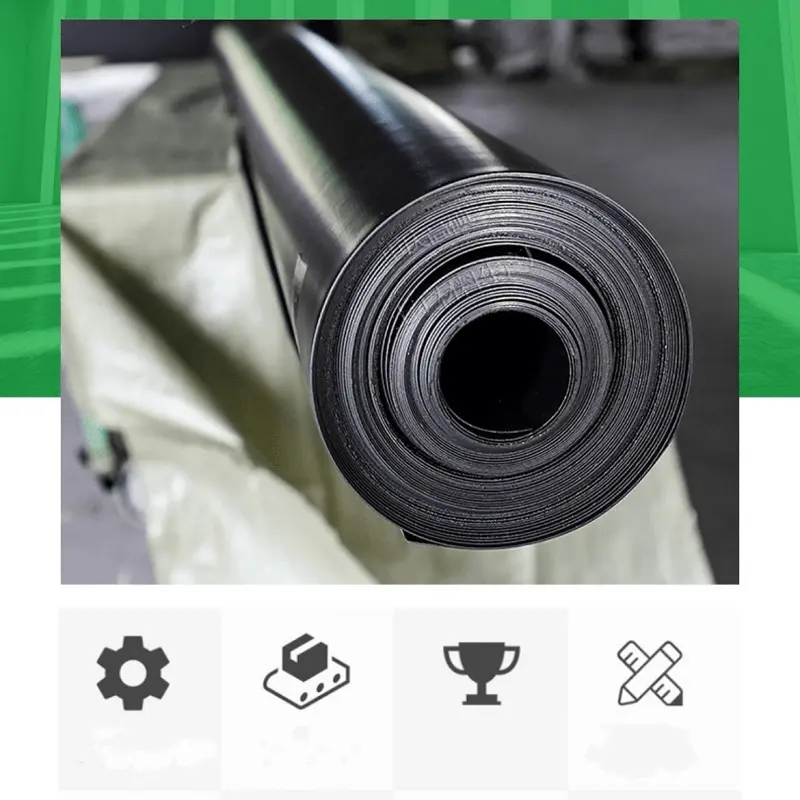
III. Market Demand and Prospects for Pond Liners
The market demand for pond liners in Brazil continues to grow, primarily driven by several factors:
Rapid Development of Agriculture and Aquaculture: The increasing demand for pond construction, fueled by the rapid development of these sectors, drives the growth of the pond liner market.
Government Emphasis on Environmental Protection and Sustainable Development: The Brazilian government highly values environmental protection and sustainable development, encouraging the use of eco-friendly materials and advanced technologies in pond construction, providing policy support for the pond liner market.
Facilitation of International Trade: With the accelerated facilitation of international trade, Brazil can more conveniently introduce internationally advanced pond liner products and services, promoting further market development.
Here are some predicted data regarding the market demand for pond liners in Brazil:
| Item | Forecast Data |
|---|---|
| Annual Growth Rate Over the Next Five Years | 6% (2023-2028) |
| Estimated Market Size (2028) | USD 150 million |
| Main Application Areas | Aquaculture, Agricultural Irrigation, Leisure Tourism |
| Main Suppliers (Domestic and International) | Haoyang Invironmental (China), ATARFIL (Global), etc. |
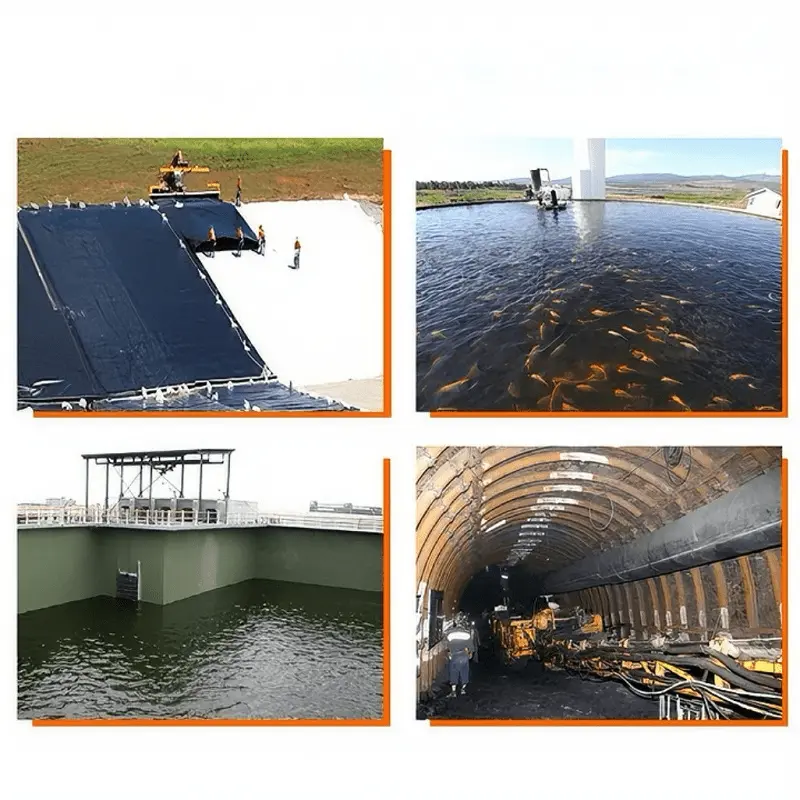
IV. Construction Methods for Pond Liners
The construction methods for pond liners mainly include the following steps:
Foundation Preparation: Before construction, the pond foundation should be cleaned and leveled to ensure no sharp objects or debris are present.
Laying the Pond Liner: Based on the pond shape and size, cut the pond liner to the appropriate shape and lay it out. Pay attention to the overlap width and welding quality of the pond liner during laying.
Welding and Fixing: Use a hot welder to weld the pond liner to ensure sealing at the seams. Simultaneously, fix the pond liner to the foundation using soil nails, battens, and other methods.
Inspection and Acceptance: After construction, inspect the pond liner to ensure no damage or leakage. Upon passing the acceptance inspection, proceed with subsequent water filling and farming operations.
In Brazil, due to the hot climate, pond liner construction requires sunscreen and cooling measures to ensure construction quality and the service life of the pond liner.
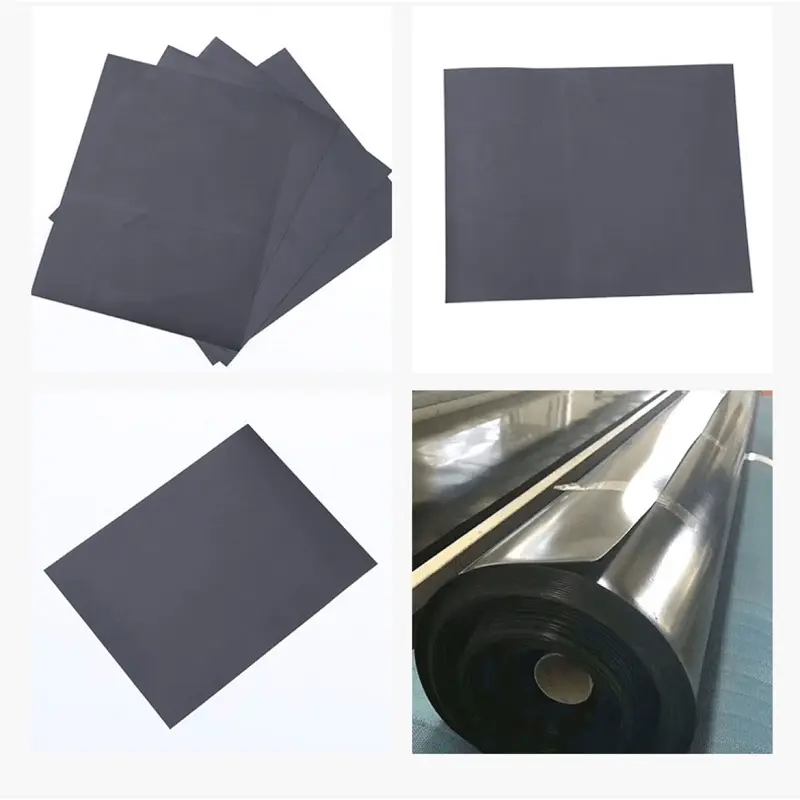
V. Environmental Benefits of Pond Liners
The environmental benefits of pond liners are mainly reflected in the following aspects:
Prevention of Water Pollution: Pond liners effectively prevent pond water from being polluted by soil and groundwater, maintaining water cleanliness and stability.
Water Resource Conservation: Through their impermeable properties, pond liners reduce leakage losses of pond water bodies, improving water resource utilization efficiency.
Promotion of Aquatic Organism Growth: The use of pond liners maintains stable pond water levels, conducive to the growth and reproduction of aquatic organisms.
Reduction of Soil Erosion: Pond liners prevent soil erosion around ponds, protecting the ecological environment.
In some aquaculture projects in Brazil, after using pond liners, pond water quality has significantly improved, and the survival rate and growth speed of aquatic organisms have increased. Simultaneously, the use of pond liners has reduced water resource waste and environmental pollution issues during farming.
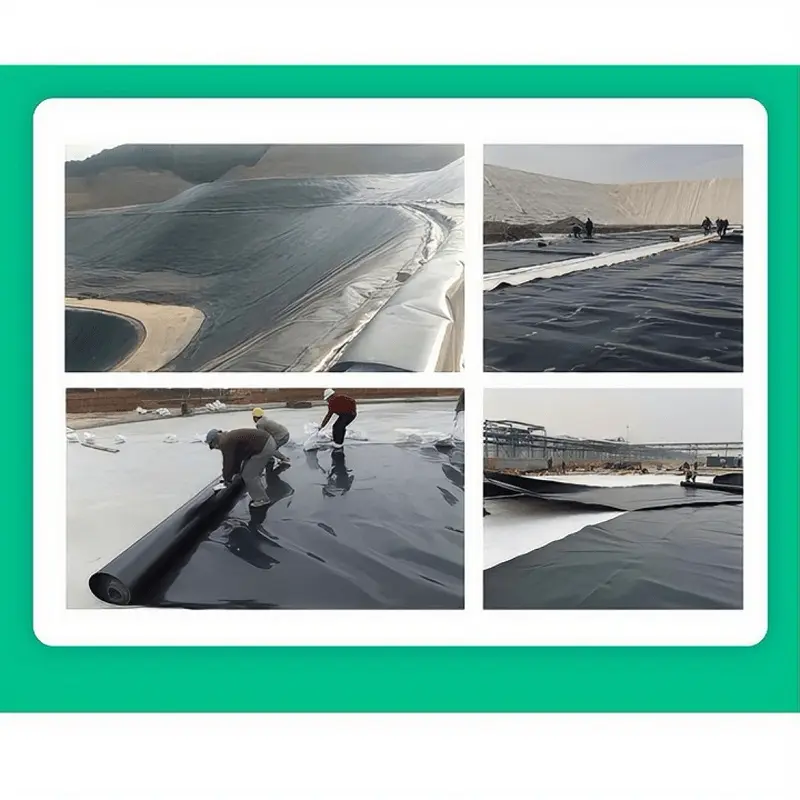
VI. Application Cases and Data for Pond Liners in Brazil
Here are some application cases and related data for pond liners in Brazil:
| Case Name | Application Area | Pond Liner Type | Area (m²) | Service Life | Achievements |
|---|---|---|---|---|---|
| Amazon Aquaculture Pond | Aquaculture | HDPE Liner | 50,000 | 20 years | Improved water quality, increased farming benefits |
| Southeastern Leisure Pond | Leisure Tourism | LDPE Liner | 20,000 | 15 years | Reduced leakage, lowered maintenance costs |
| Agricultural Irrigation Pond | Agricultural Irrigation | LLDPE Liner | 30,000 | 10 years | Improved irrigation efficiency, water conservation |
VII. Conclusion
Pond liners have broad application prospects and significant market potential in Brazil. With the continuous development of agriculture and aquaculture, as well as the government's emphasis on environmental protection and sustainable development, the demand for pond liners will continue to grow. In the future, the Brazilian pond liner market will exhibit the following trends:
Product Diversification: As market demands continue to change, pond liner products will become more diversified, including pond liners of different thicknesses, widths, lengths, and special properties to meet the needs of different customers.
Technological Innovation: With the continuous advancement of technology, the production techniques and construction methods of pond liners will continue to innovate and improve, enhancing product quality and construction efficiency.
Increased Environmental Requirements: As people's awareness of environmental protection and sustainable development increases, eco-friendly pond liners will become mainstream products, with stricter requirements for their environmental performance.
Enhanced International Cooperation: With the accelerated facilitation of international trade, Brazil will more conveniently introduce internationally advanced pond liner products and services, strengthening cooperation and exchanges with the international market.
![]() 1.5 Double-sided smooth HDPE geomembrane.pdf
1.5 Double-sided smooth HDPE geomembrane.pdf
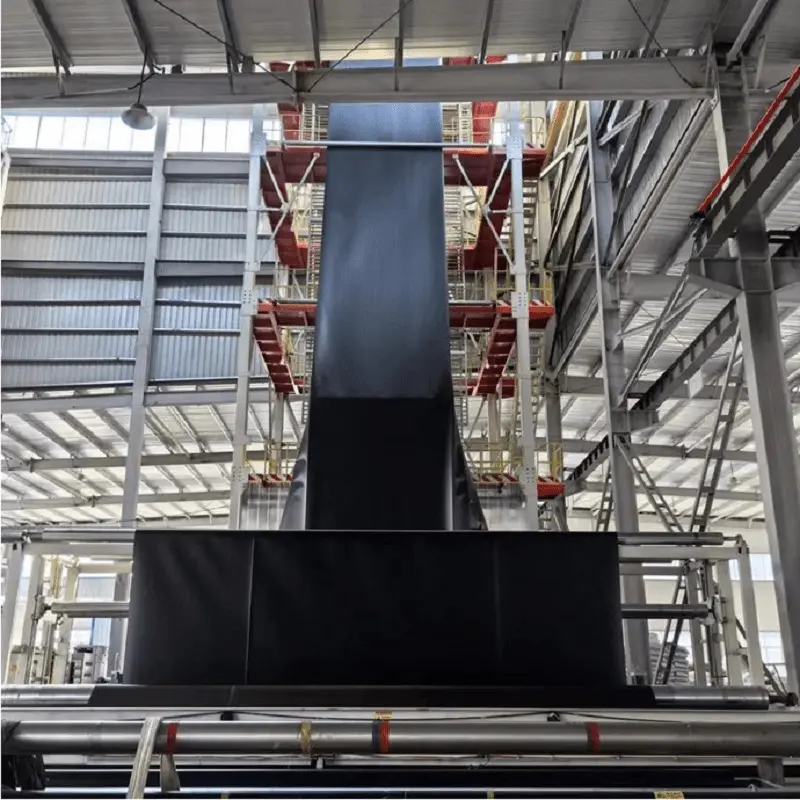
897.webp)
942.webp)
237.webp)